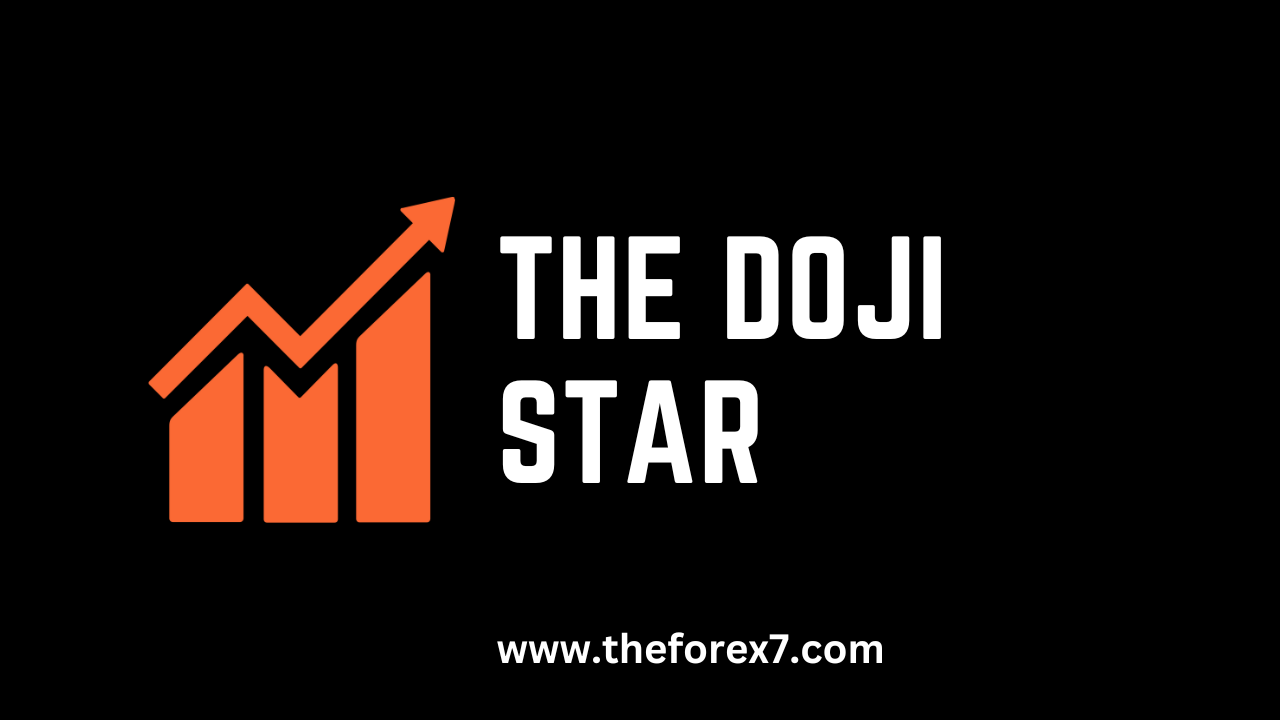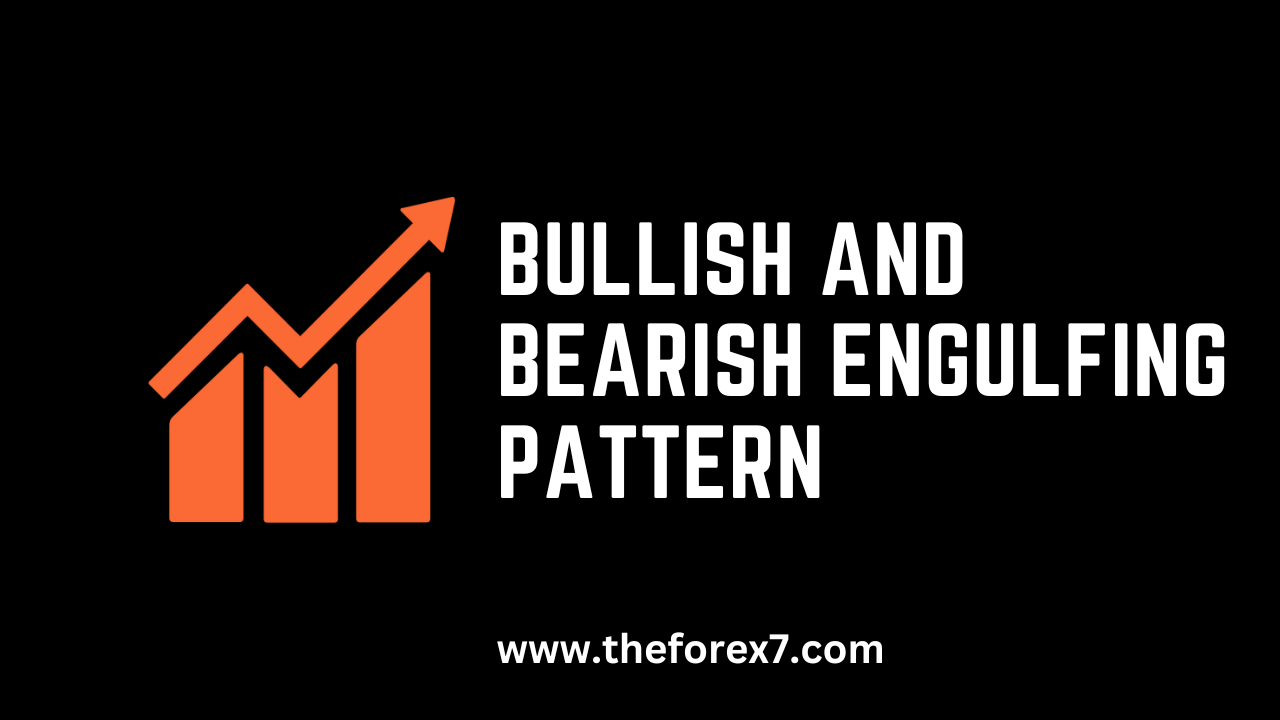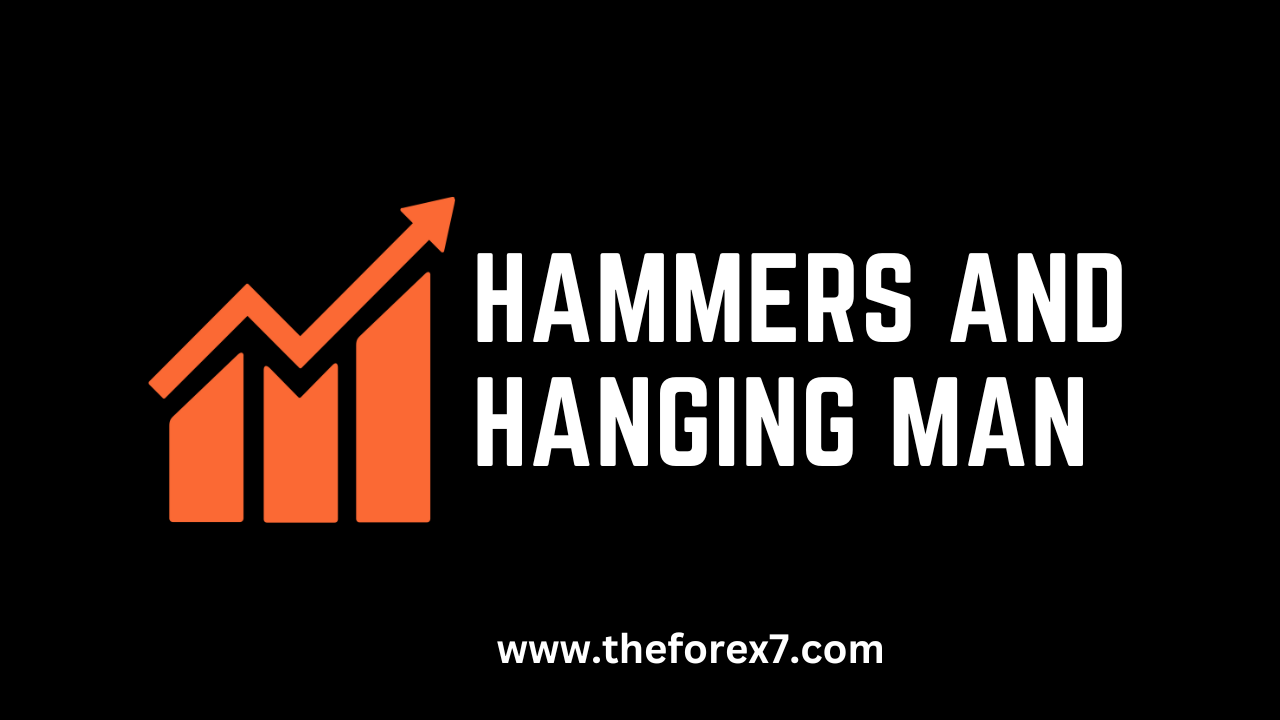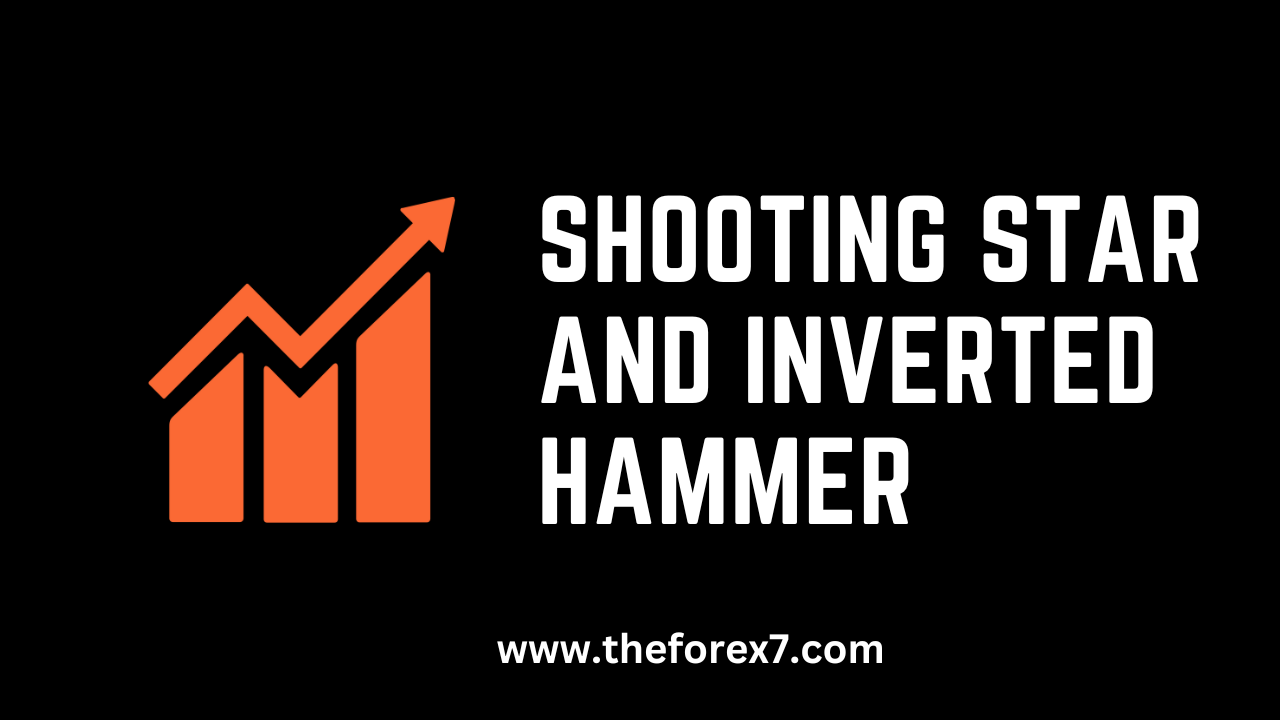Morning and Evening Star: Explain with Example
Candlestick pattern, Bullish reversal, Bearish reversal, Price action, Stock market trading
Course: [ PROFITABLE CANDLESTICK TRADING : Chapter 2: The Reversal Patterns ]

Morning and Evening Star are candlestick patterns used in technical analysis to predict a reversal in trend.
MORNING STAR
MORNING STAR Description
The
Morning Star in Figure 2.37 is a bottom reversal signal. Like the planet
Mercury, the morning star, it foretells that brighter things—sunrise, is about
to occur, or that prices are going to go higher. It is formed after an obvious
downtrend. It is made by a long black body, usually one of the fear-induced
days at the bottom of a long decline. The following day gaps down. However, the
magnitude of the trading range remains small for the day. This is the star of
the formation. The third day is a white candle day. And represents the fact
that the bulls have now stepped in and seized control. The optimal Morning Star
signal would have a gap before and after the star day.
The
make up of the star, an indecision formation, can consist of a number of candle
formations. The important factor is to witness the confirmation of the bulls
taking over the next day. That candle should consist of a closing that is at
least halfway up the black candle of two days prior.
Identifying
the Morning Star signal is relatively easy. It is visually apparent to the eye.
Criteria
- The downtrend has been apparent.
- The body of the first candle is black, continuing the current trend. The second candle is an indecision formation.
- The third day shows evidence that the bulls have stepped in. That candle should close at least halfway up the black candle.
Signal Enhancements
- The longer the black candle and the white candle, the more forceful the reversal.
- The more indecision that the star day illustrates, the better probabilities that a reversal will occur.
- A gap between the first day and the second day adds to the probability that a reversal is occurring.
- A gap before and after the star day is even more desirable.
- The magnitude, that the third day comes up into the black candle of the first day, indicates the strength of the reversal.
Pattern Psychology
A
strong downtrend has been in effect. The sellers start getting panicky. There
is a large sell-off day. The next day as the selling continues, bulls are
stepping in at the low prices. If there is big volume during these days, it
shows that the ownership has dramatically changed hands. The second day does
not have a large trading range. The third day the bears start to lose
conviction as the bulls increase their buying. When the price starts moving
back into the trading range of the first day, the sellers diminish and the
buyers seize control. (See
Figure 2.38.)

MORNING STAR DERIVATIVES
MORNING STARS
Using
the Morning Star definition liberally, it is a three-day pattern that can be
visually identified at the bottom of a trend (see Figures 2.38a through 2.38f).
The black candle is usually an exaggerated long body after a series of black
candled dominated trend. That should be the telltale sign that fear and panic
is overweighing rational analysis. This alerts the Candlestick Analyst to watch
for an indecision day. The third day up move confirms that the trend has
reversed. (See Figures 2.39
and 2.40.)


EVENING STAR
EVENING STAR Description
The
Evening Star in Figure 2.41 is a top reversal signal. It is exactly opposite
the Morning Star signal. Like the planet Venus, the evening star, it foretells
that darkness is about to set or that prices are going to go lower. It is
formed after an obvious uptrend. It is made by a long white body occurring at
the end of an uptrend., usually when the confidence has finally built up. The
following day gaps up, yet the trading range remains small for the day. Again,
this is the star of the formation. The third day is a black candle day. And
represents the fact that the bears have now seized control. That candle should
consist of a closing that is at least halfway down the white candle of two days
prior. The optimal Evening Star signal would have a gap before and after the
star day.
Criteria
- The uptrend has been apparent.
- The body of the first candle is white, continuing the current trend. The second candle is an indecision formation.
- The third day shows evidence that the bears have stepped in. That candle should close at least halfway down the white candle.
Signal Enhancements
- The longer the white candle and the black candle, the more forceful the reversal.
- The more indecision that the star day illustrates, the better probabilities that a reversal will occur.
- A gap between the first day and the second day adds to the probability that a reversal is occurring.
- A gap before and after the star day is even more desirable. The magnitude, that the third day comes down into the white candle of the first day, indicates the strength of the reversal.
Pattern Psychology
A
strong uptrend has been in effect. The buyers can't imagine anything going
wrong and they are piling in. However, it has now reached the prices where
sellers start taking profits or think the price is fairly valued. The next day
all the buying is being met with the selling, causing for a small trading
range. The bulls get concerned and the bears start taking over. The third day
is a large sell-off day. If there is big volume during these days, it shows
that the ownership has dramatically changed hands. The change of direction is
immediately seen in the color of the bodies. (See Figure 2.42.)

PROFITABLE CANDLESTICK TRADING : Chapter 2: The Reversal Patterns : Tag: Candlestick Pattern Trading, Forex : Candlestick pattern, Bullish reversal, Bearish reversal, Price action, Stock market trading - Morning and Evening Star: Explain with Example









